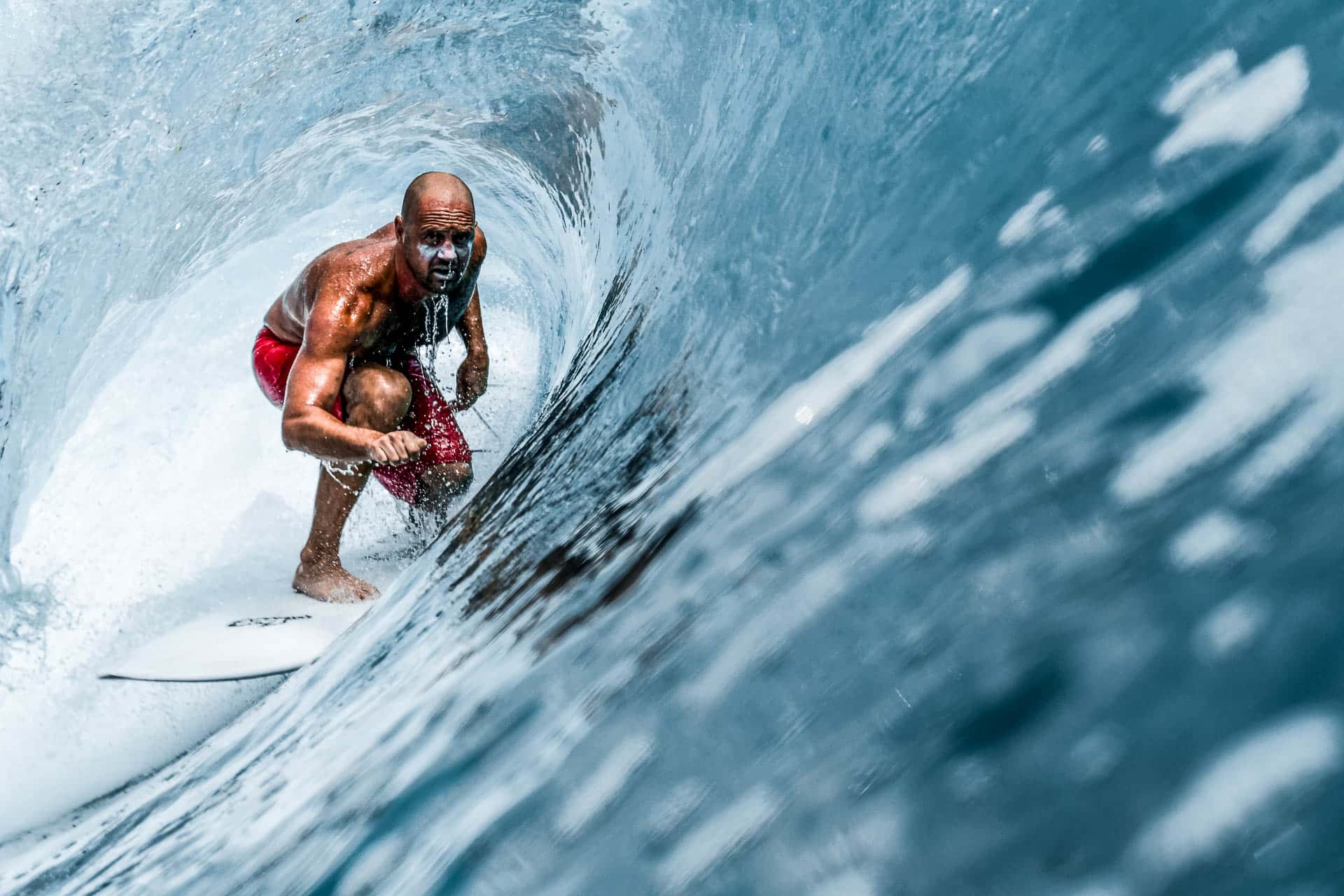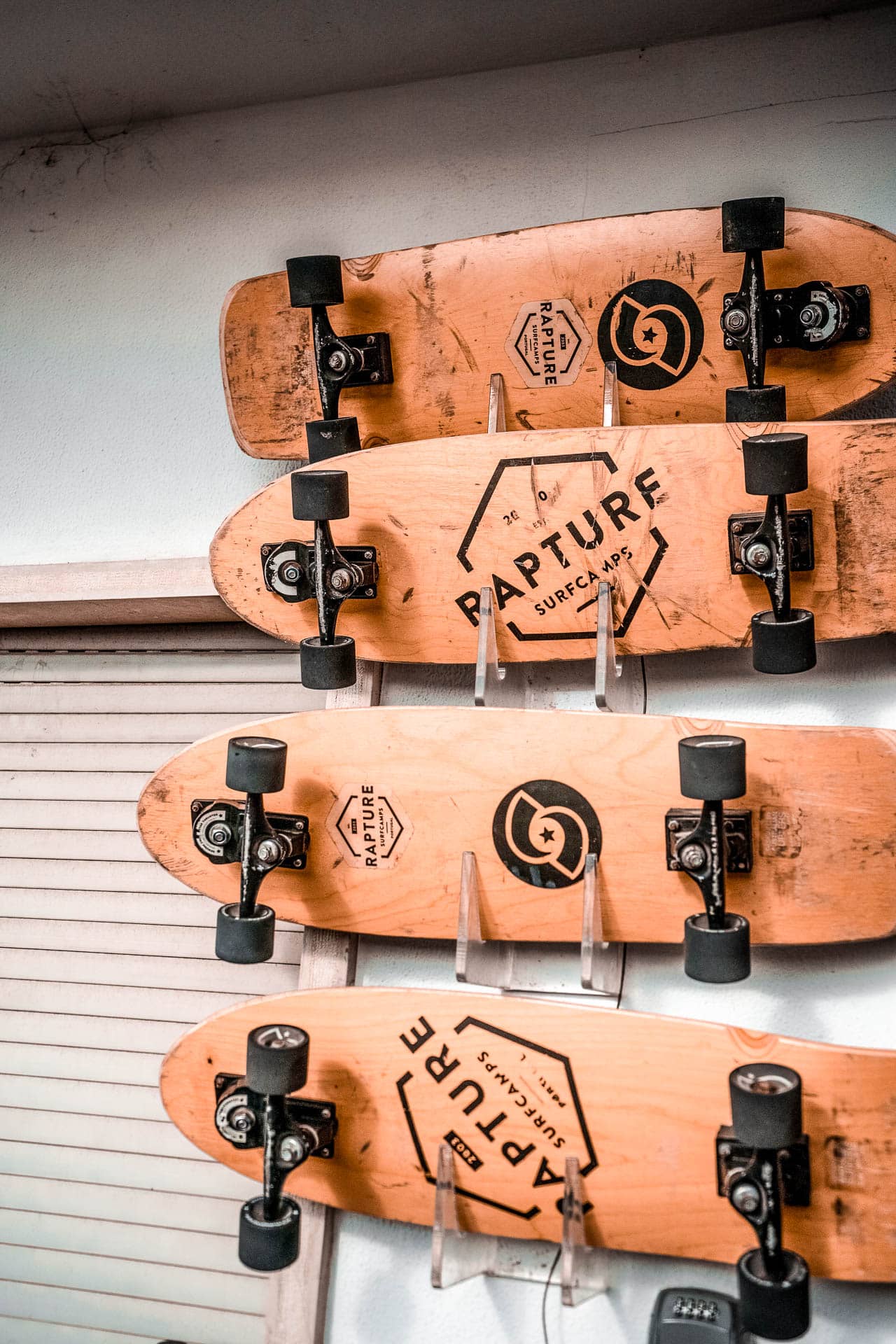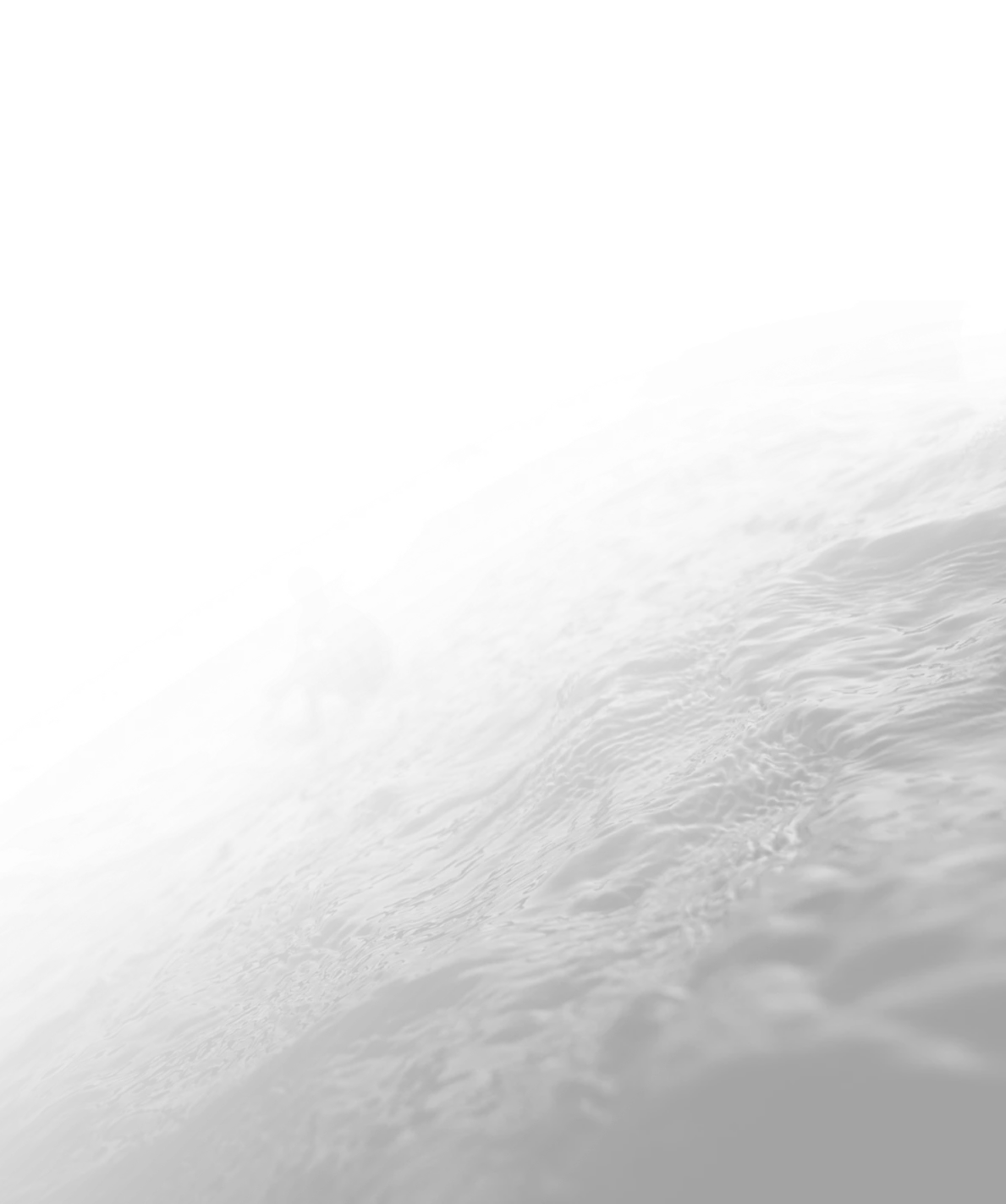Barrel riding is not just a fundamental aspect of surfing; it’s also one of the most exhilarating and sought-after experiences in the sport. The thrill of getting tubed and the adrenaline rush of being enclosed within the curl of a wave are unparalleled in the surfing world. Mastering the art of barrel riding requires a set of basic skills and techniques that are essential for success.
In the surfing community, barrel riding holds significant importance as it is considered the ultimate display of skill and precision. The ability to read waves, position oneself correctly, and execute precise manoeuvres within the barrel are highly respected among surfers. The appeal of mastering this skill lies in the sheer challenge and satisfaction that comes with riding inside the wave, and the pure joy of conquering this adrenaline-fueled experience.
Understanding Barrel Riding
Barrel waves are formed when a wave breaks in a perfect cylindrical shape, creating a tunnel of water that surfers can ride through. The ideal conditions for catching a barrel wave include a powerful and well-shaped wave, a hollow and steep wave face, and offshore winds that hold the wave open. Key techniques for riding a barrel wave include positioning yourself deep in the wave, using your body to maintain speed and balance, and staying low to the board to navigate through the barrel.
Different types of waves, such as reef breaks or point breaks, contribute to the formation of barrels by creating the necessary shape and power for the wave to barrel. Essential equipment needed to catch a barrel wave includes a high-performance surfboard, preferably a shortboard, and a strong leash to prevent the board from getting lost in the barrel. Backdooring a wave refers to riding behind the peak of the wave into the barrel, while reading waves to anticipate barrels involves understanding the wave’s shape, speed, and the way it breaks. By mastering these concepts, surfers can increase their chances of riding perfect barrel waves.
Ideal Conditions for Barrel Riding
The ideal conditions for barrel riding occur when the wave size is moderate to large, typically between 4 to 8 feet, with a steep and hollow shape. These waves are best found in beach and reef breaks, as they create the perfect conditions for barrel formation. The powerful, pitching waves at these breaks force the crest of the wave to fold over, creating a hollow tube, or barrel, for surfers to ride through. This type of wave shape contributes to the thrilling experience of barrel riding and allows surfers to feel the exhilarating rush of being inside the wave.
Additional factors that impact the quality of barrel riding include wind direction and tide. Offshore winds, which blow from the land toward the ocean, help to hold the wave face up, creating clean, hollow barrels. On the other hand, an onshore wind can create choppy and messy conditions, making it difficult to find a rideable barrel. The tide also plays a crucial role, as an incoming tide can push more water onto the reef or sandbar, creating larger and more powerful waves, while a low tide can cause waves to break too quickly, preventing the formation of barrels.
The Right Stance for Riding a Barrel
When riding a barrel wave, maintaining the proper stance is crucial for navigating through the wave successfully. The positioning of the feet should be shoulder-width apart, with the toes slightly turned towards the wave. This allows for better balance and control while riding the barrel. The body should be centred on the board, with a low centre of gravity to stay stable and maneuver through the wave.
The distribution of weight on the board is important for maintaining balance. The majority of the weight should be on the back foot to keep the board from nose-diving, while the front foot provides steering and control. Arms should be used for balance, extending them out to help stabilize the body and make quick adjustments as needed.
To navigate through the barrel successfully, it’s crucial to maintain a low center of gravity and stay centered on the board. This allows for better control and maneuverability, helping to avoid getting knocked off by the powerful wave. By maintaining the proper stance, weight distribution, and balance, surfers can ride barrel waves with greater confidence and success.
Navigating through the tube can be challenging, especially during rush hour. However, using body gestures can be an effective way to communicate and maneuver through the crowded and fast-paced environment. Whether it’s signaling for someone to move in order to make space, or using non-verbal cues to let others know you’re exiting the train, body gestures can help you navigate through the chaos of the tube with ease.
Frontside Vs. Backside Barrels
When it comes to surfing, frontside and backside barrels present their own unique set of challenges and techniques. A frontside barrel occurs when a surfer is riding a wave with their front side facing the wave, while a backside barrel involves the surfer riding with their back facing the wave.
To successfully navigate a frontside barrel, surfers must position their body facing the oncoming wave, allowing for better vision and control. This position also enables surfers to use their arms and upper body to make adjustments and maintain a balanced stance. On the other hand, riding a backside barrel requires surfers to position their body with their back to the wave, relying heavily on their lower body and foot placement to maintain control and balance.
The approach to each type of barrel also varies, as frontside barrels require surfers to take a more direct line towards the barreling section of the wave, while backside barrels may require a more angled approach to make the barrel section.
Experienced surfers emphasize the importance of adapting to the wave’s direction and shape when riding barrels, as each wave presents its own unique challenges and opportunities. Ultimately, mastering both frontside and backside barrels requires a combination of skill, adaptability, and a deep understanding of wave dynamics.
If you are looking to hone your surf skills at one of the best surf camps in Bali, head on to Rapture Surfcamps. Our camps in Padang Padang and Green Bowl are located close to several world-class surf breaks. With our surf guiding and expert tutors, you can finetune your surf skills to ride the barrel.
FAQs
Barrel riding, also known as getting barreled or tube riding, is a technique in surfing where a surfer maneuvers inside the hollow portion of a breaking wave, known as the barrel or tube. It’s considered one of the most thrilling and challenging aspects of surfing.
Surfers typically enter the barrel by taking off on the wave and positioning themselves deep within the breaking section, either by paddling or using the momentum from a well-timed drop. This places them in the critical part of the wave where the tube forms.
Barrel riding requires precise timing, positioning, and control. Surfers must navigate through the barrel’s ever-changing shape while maintaining balance and speed. They also need to anticipate the wave’s behavior to maximize their time inside the tube.
Techniques for barrel riding include positioning oneself deep in the wave, using body and arm movements to maintain balance, adjusting speed by shifting weight, and reading the wave to anticipate changes in its shape and speed.
Surfers maintain balance inside the barrel by using their arms, body, and shifting weight as needed. They often crouch low to lower their center of gravity and adjust their stance to counterbalance any shifts in the wave.
Barrel riding can be dangerous due to the powerful forces of the breaking wave, the risk of being pinned underwater if the wave closes out, and the possibility of colliding with the reef or ocean floor if surfing in shallow water.
Beginners can improve their barrel riding skills by practicing in smaller, more forgiving waves before attempting larger and more powerful barrels. They can also learn from experienced surfers, watch instructional videos, and seek guidance from surf coaches to refine their technique and build confidence in the barrel.


